A visual poster examining the difference between flipping, sliding and turning a shape.
Print this poster and display it in your classroom as a reference when talking about flipping, sliding or turning 2D shapes.
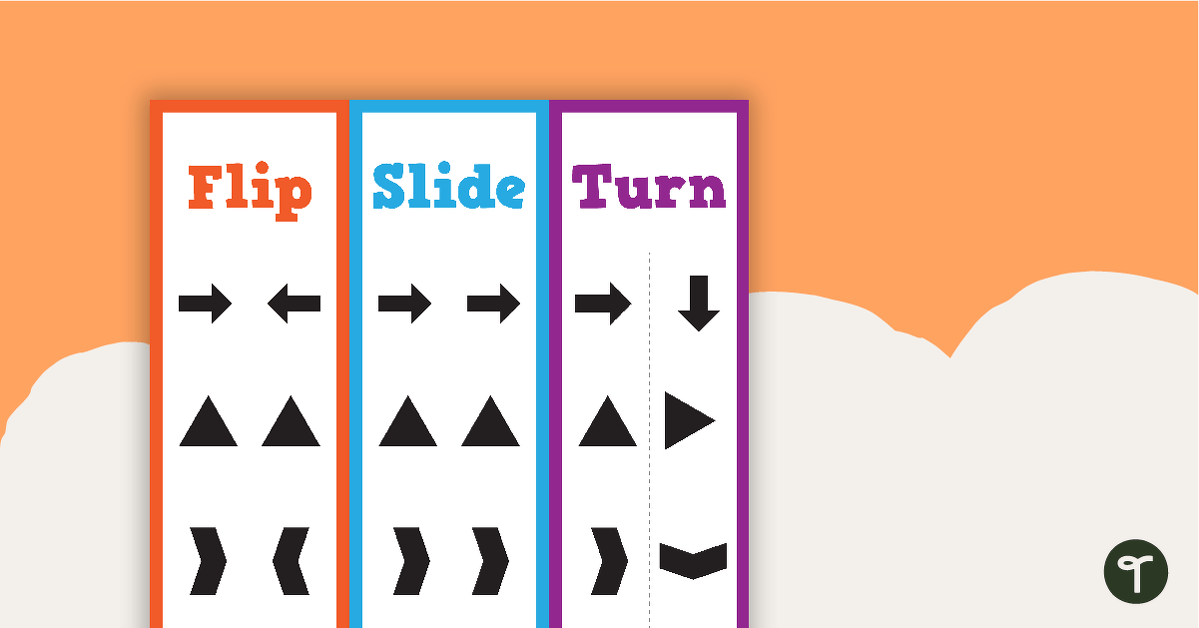
A visual poster examining the difference between flipping, sliding and turning a shape.
Print this poster and display it in your classroom as a reference when talking about flipping, sliding or turning 2D shapes.

We create premium quality, downloadable teaching resources for primary/elementary school teachers that make classrooms buzz!
Write a review to help other teachers and parents like yourself. If you'd like to request a change to this resource, or report an error, select the corresponding tab above.
Would you like something changed or customised on this resource? While our team makes every effort to complete change suggestions, we can't guarantee that every change will be completed.
Did you spot an error on this resource? Please let us know and we will fix it shortly.
Are you having trouble downloading or viewing this resource? Please try the following steps:
If you are still having difficulty, please visit the Teach Starter Help Desk or contact us .
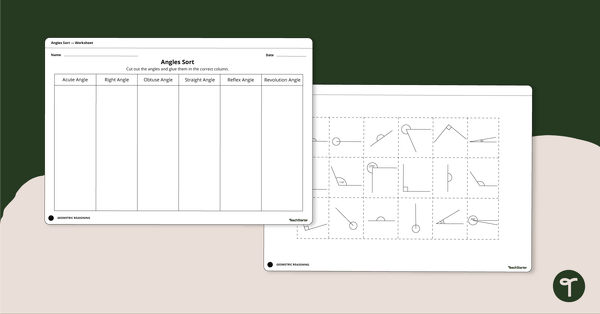
Identify acute, right, obtuse, straight, reflex and revolution angles with this cut-and-paste sorting worksheet.

A mathematics investigation about location, embedded in a real-world context.
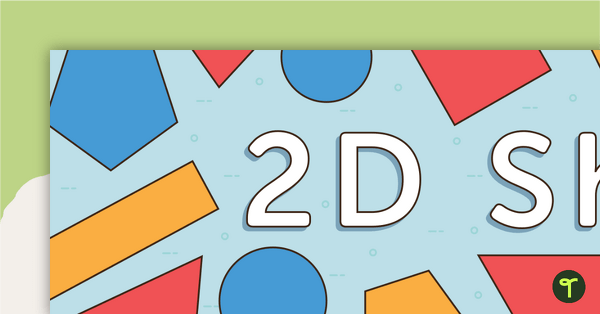
A classroom display banner to use on your '2D Shapes' display board.

A set of 6 shape playdough mats to help children develop their fine motor skills and identify different 2D shapes.
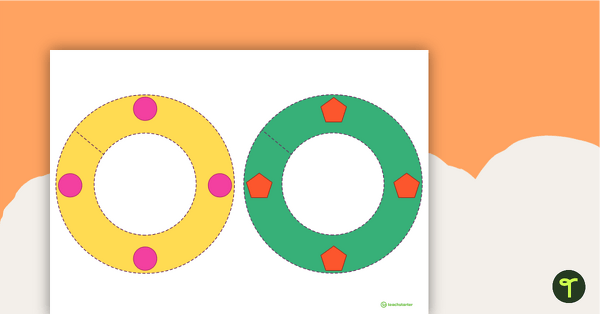
Carpet rings perfect for velcro carpet dots, focusing on 2D shapes and 3D objects.

An 11-page worksheet pack teaching children about coordinates.
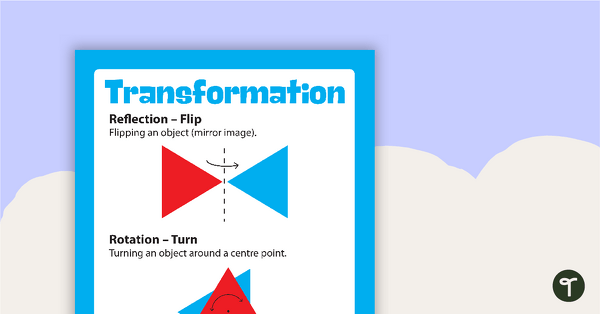
A poster and worksheets to teach children about transformations.
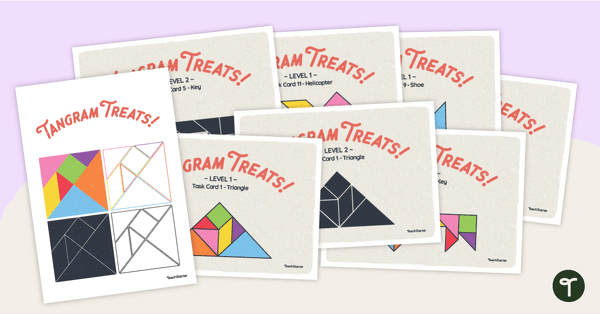
Explore the properties of geometric shapes with this set of scaffolded tangram shapes task cards and cut-out tangram templates.
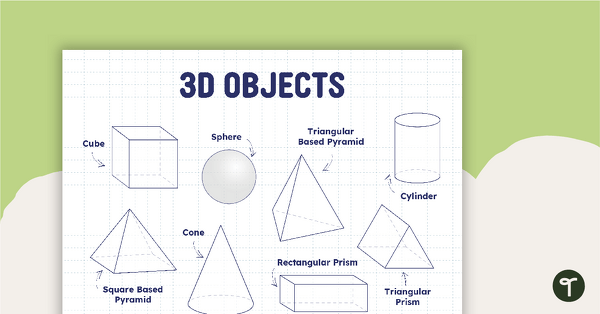
Learn the names of some common 3D shapes with this classroom poster.
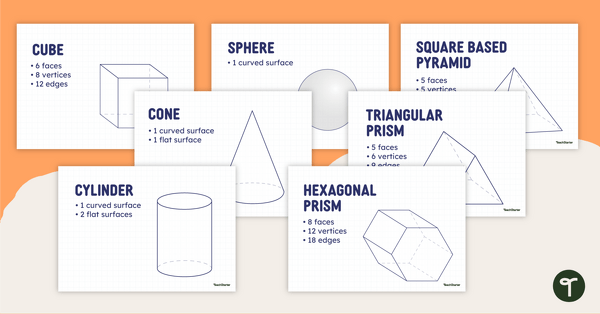
Learn the names and properties of some common 3D shapes with this set of classroom posters.
I can't get all three on an A4 sheet?
Hi Laura, thank you for your comment. There was actually an issue with the size of the uploaded file, which is why you would have been experiencing printing issues. This issue has now been corrected, so you shouldn't experience any further problems when trying to print the resource. If you do have any problems, please let us know... we are more than happy to help!
This displays as A4 but does not fill the page when it prints??? Never had this problem before! Any suggestions? Thanks.